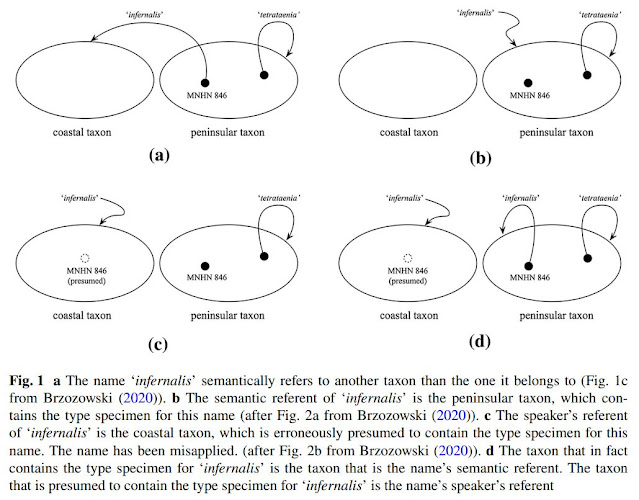Khronos 11 - Pereira; Valverde & Campos.

Pereira, B. S. (2021). Um Papel para a ciência : A Revolução Científica nos livros didáticos de História. Khronos , (11), 55-72. https://doi.org/10.11606/issn.2447-2158.i11p55-72 [OA] Não se pretende debater a importância que história pode ter para o ensino de ciências, mas a forma como a ciência é tratada no ensino de história, um caminho pouco usual na literatura acadêmica 57 O tema “revolução científica” consta em nove dos dez livros analisados [...] Contudo, importante destacar que o termo “revolução cientí-fica” não aparece em todos os materiais, constando em apenas três coleções. Nas de-mais, as referências podem aparecer como transformações cientificas, renascimento ci-entífico, entre outros. No entanto, como se verá mais adiante, a mudança de nomencla-tura não implica uma mudança na forma de tratar o tema. Em oito livros o tema consta como assunto do primeiro ano do ensino médio, enquanto no que foge à regra ele é objeto do segundo ano15. Em todos eles a revolução científi...


